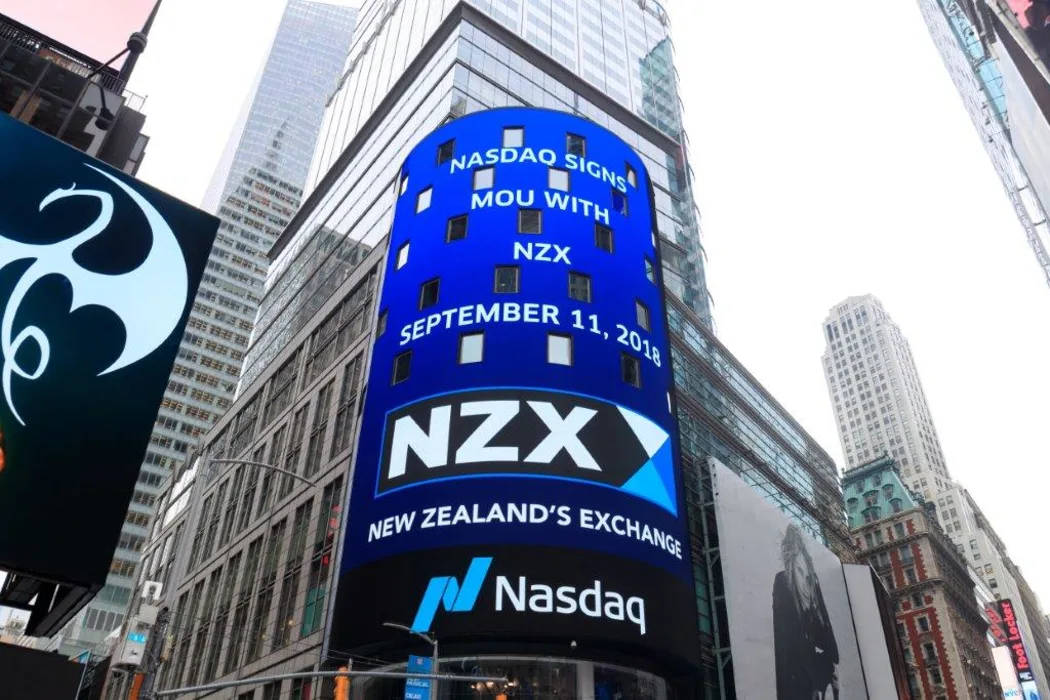Stable prices restore investor confidence in NZ markets
Two-year inflation expectations fell to 2.3%, bolstering NZGBs and NZX 50 gains in (NZX:FBU) and (NZX:SPK). The data affirm RBNZ credibility, anchoring inflation within target and supporting confidence in a controlled easing cycle.

The Reserve Bank of New Zealand’s latest expectations survey confirms that inflation psychology has decisively turned. Two-year inflation expectations declined to 2.3 percent — their lowest since 2020 — bringing them squarely within the RBNZ’s 1–3 percent target band. This marks a key validation of the central bank’s credibility after maintaining the Official Cash Rate (OCR) at 5.5 percent since mid-2023 despite calls for additional tightening. The data imply that households and firms now trust the disinflation trajectory, reinforcing financial stability and anchoring longer-term yields.
Mechanistically, weaker expectations reflect slower tradables inflation, falling food prices, and normalization of imported-goods costs as the NZD appreciates toward 0.62 USD. Wage growth moderated to 3.4 percent year-on-year, while unemployment rose to 4.6 percent, easing labor-market pressure. This combination indicates cooling demand without a sharp downturn; Q3 GDP is estimated to have grown 0.3 percent quarter-on-quarter (1.1 percent year-on-year). Inflation-swap markets now price headline CPI near 2.6 percent by Q2 2026, down from 5.6 percent a year earlier.
Anchored expectations have triggered a rotation in financial portfolios. Ten-year New Zealand Government Bonds (NZGBs) rallied 12 basis points to 4.19 percent, while bank-funding spreads narrowed, improving mortgage affordability. Equities (NZX 50) rose 1.2 percent week-to-date, led by rate-sensitive names Fletcher Building (NZX:FBU +2.1 percent) and Spark New Zealand (NZX:SPK +1.4 percent). Real interest rates remain positive, preserving a deliberately restrictive stance to cement disinflation gains.
New Zealand’s trajectory mirrors Canada’s early-2010s experience, where credible anchoring allowed a shallow easing cycle without reigniting inflation. The credibility dividend is visible in the external account: the current-account deficit narrowed to 5.1 percent of GDP from 8.9 percent in 2023 as import compression eased. Capital inflows into long-duration bonds reached NZD 3.7 billion in October, reflecting revived foreign confidence in New Zealand’s macro framework.
Forward guidance points to the OCR staying at 5.5 percent through at least Q2 2026, followed by gradual normalization toward 4.75 percent. Risks center on global energy volatility and climate-related supply shocks that could re-ignite tradables inflation. Barring such shocks, New Zealand appears set for a controlled equilibrium: growth near 1.5 percent, CPI 2.3 percent, and unemployment peaking below 5 percent — a balance few advanced small economies achieve post-tightening.
The signal is clear: institutional credibility is New Zealand’s chief macro asset. By sustaining policy patience, the RBNZ has restored inflation trust without recessionary fallout, laying the foundation for a sustainable easing phase and renewed investment momentum by mid-2026.





